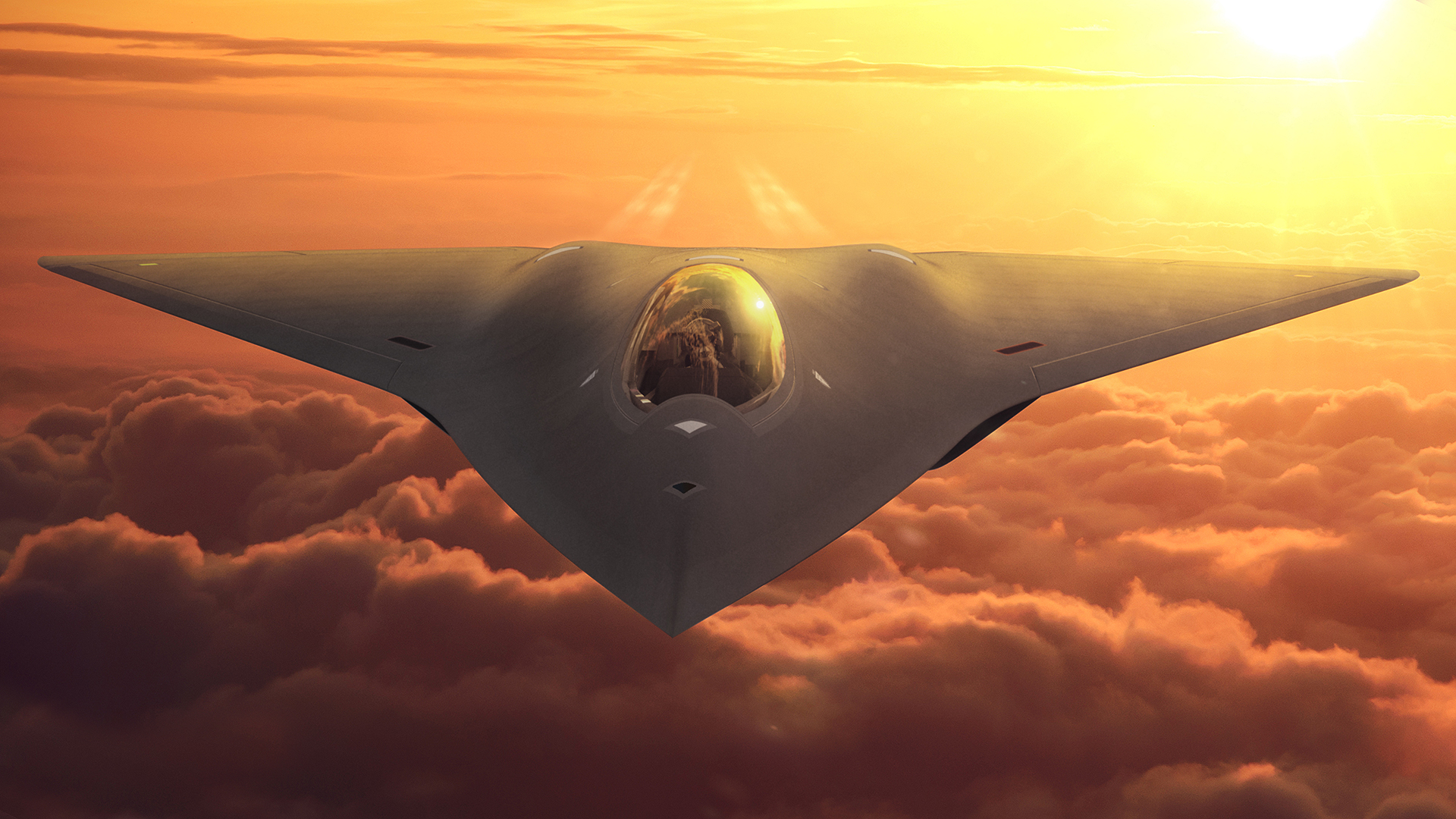While the manned centerpiece of the USAF’s Next Generation Air Dominance (NGAD) ecosystem remains draped in secrecy, and the competition to build it appears to be narrowing, a few general assumptions can be made about its configuration and capabilities. One area that still remains a real question mark though is its targeted performance.
One can assume to a relatively assured degree that the NGAD ‘fighter’ — although it really won’t be a fighter in a traditional sense — will possess a number of unique traits and features, as we stated in a recent article:
“As it sits, Air Force Secretary Frank Kendall says each manned NGAD aircraft will cost hundreds of millions of dollars and about 200 is the current targeted fleet size. The aircraft would replace the F-22 Raptor stealth fighter — which is being used to test NGAD component technologies — in terms of force structure, but its mission would be considerably different. By every account, just as we have been pleading for many years, the manned NGAD aircraft will be optimized for range, payload, and low-observability (stealth), not extreme ‘fighter’ maneuverability. Its mission to fight as part of a highly integrated, deep-penetrating team of systems over long distances reflects these qualities. ‘Spectral warfare’ is also a key component of its overall design — among other cutting-edge technologies — which will likely be in the heavy fighter/interceptor size class or larger.”
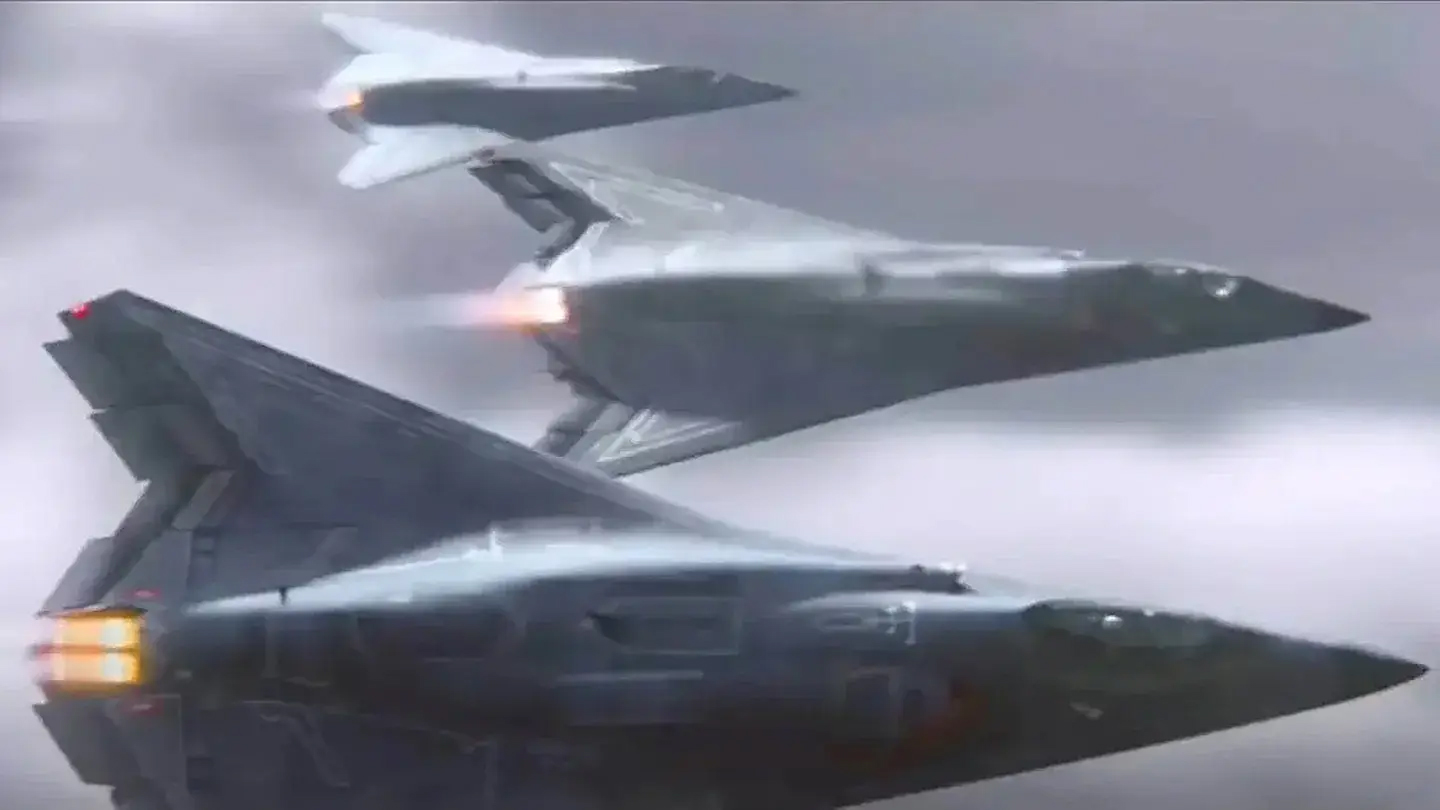
While sacrificing maneuverability for range, payload, and low observability is largely a given, just how fast and high the NGAD combat jet will fly is something that still is in the realm of total speculation.
The NGAD fighter should be a very ‘slick’ design, featuring an elongated blended fuselage and wing configuration that lacks traditional horizontal and vertical stabilizers. This unprecedented tailless configuration would largely be due to the effort to maximize survivability via low observability (stealth) across a broad radio frequency range above raw maneuverability, but it should significantly lend itself to aerodynamic efficiency.
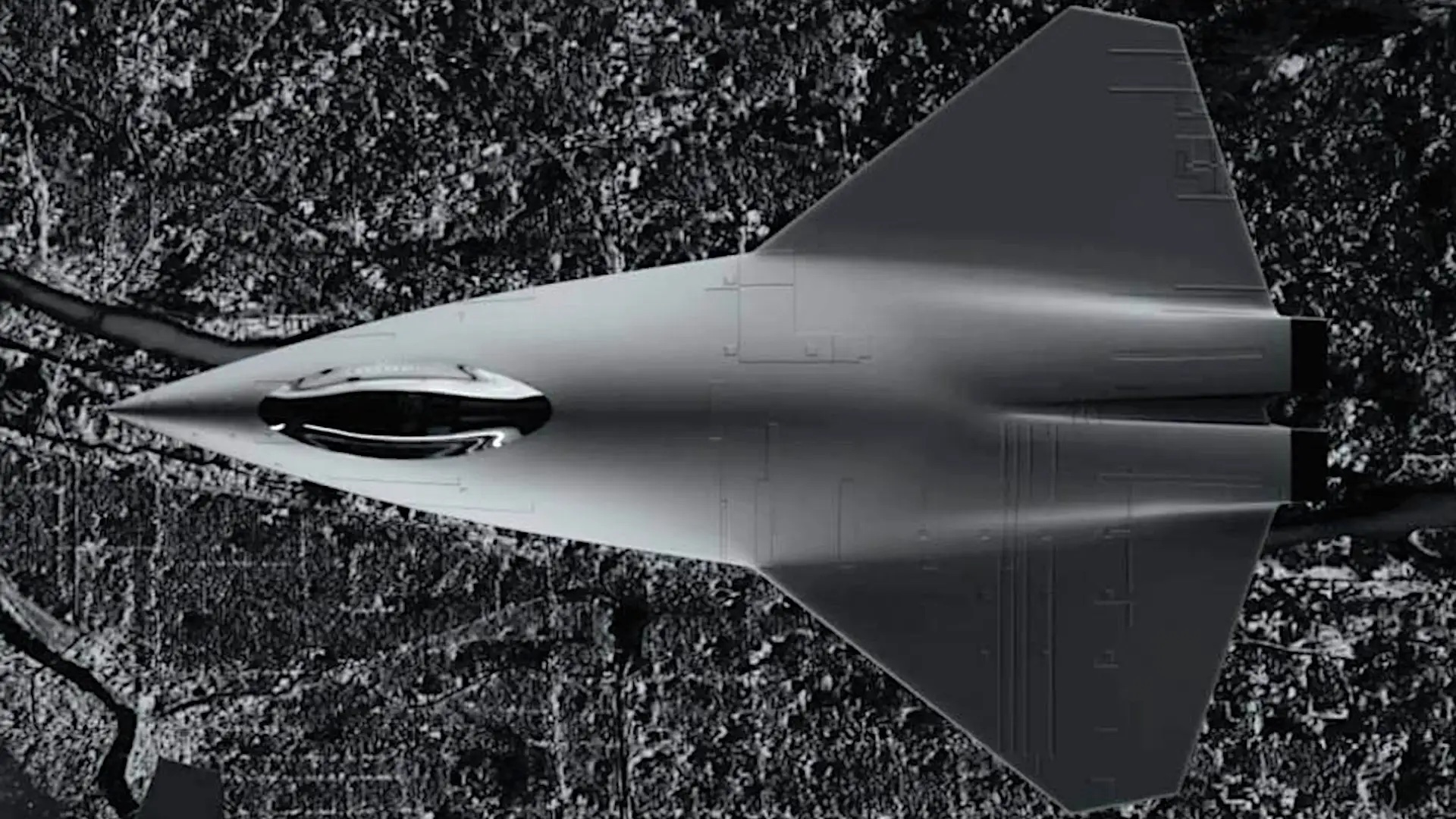
The question of how fast this aircraft will be able to cruise, at what fuel consumption, and to a lesser degree, dash, is intriguing to ponder. Seeing as it will have to operate over longer distances with a much greater combat radius than current U.S. fighters possess, while holding all its fuel internally, the ability to cruise very efficiently will be key.
Taking that a step further, considering the distances involved in transiting to and from target areas, being able to sustain supercruise — supersonic flight without the use of gas-guzzling and heat signature blooming afterburner — could be a hugely beneficial capability. Not only would this aid in survivability in some respects, but the faster it can get to a place it needs to and perform its mission and return, the more sorties the fleet can generate. This is especially true for a small fleet of aircraft. The Air Force is currently planning to acquire just 200 manned NGAD aircraft, at least at this time.
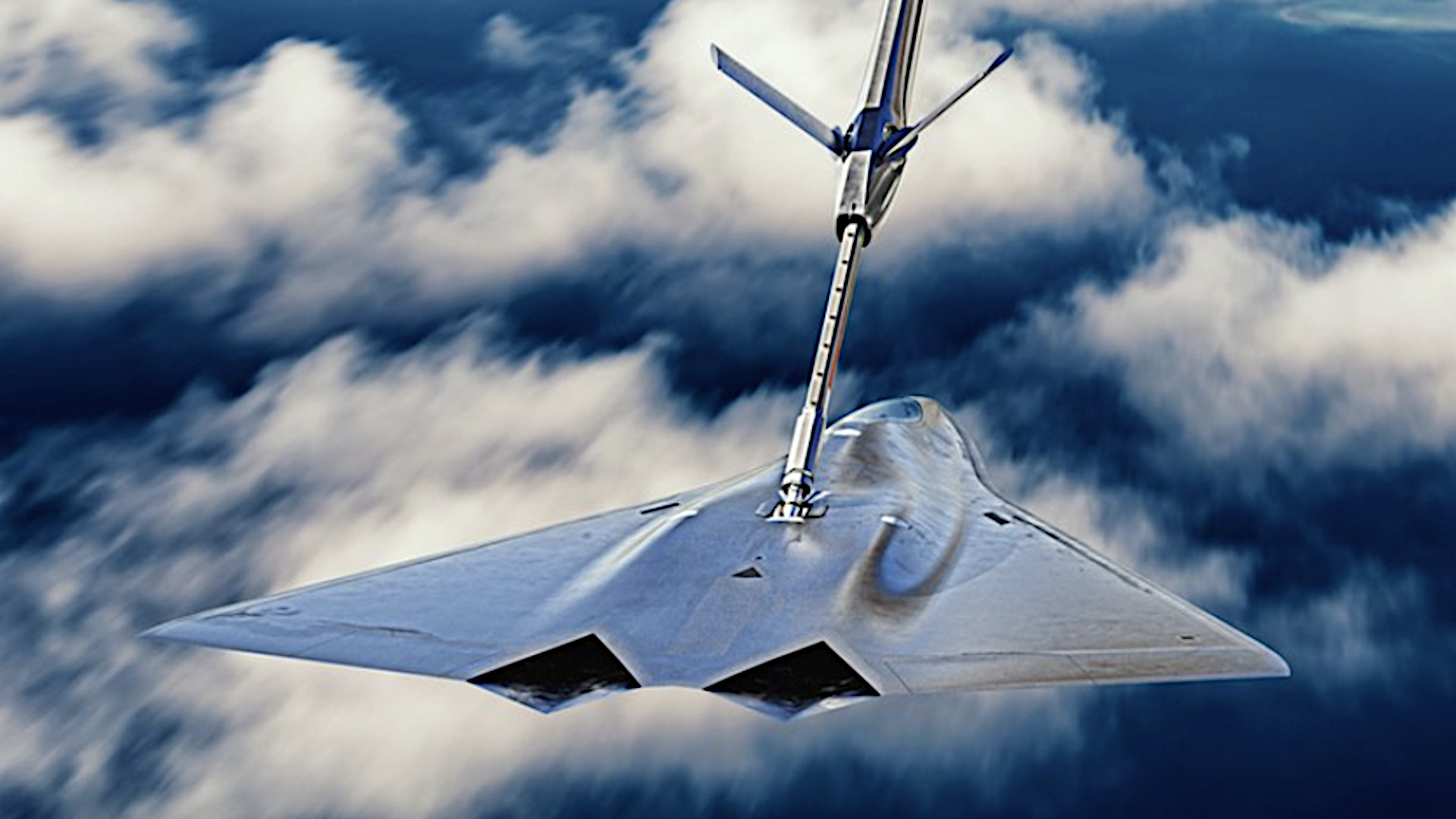
The F-22 is famously highly capable of supercruise. It was a core demand of the Advance Tactical Fighter (ATF) program’s requirements. What most people don’t realize is that achieving supercruise for the Raptor still consumes a lot of gas and it is usually relegated to short ‘tactical’ dashes as part of its normal mission profile. The F-22 has a remarkably limited combat radius — it trades its extreme performance in terms of speed and maneuverability, as well as low observability for this. So while supercruise is highly beneficial to the Raptor’s tactical prowess, the NGAD fighter could leverage it differently. What if supercruise could be achieved for long periods as a way to speed up the time it takes to transit to and from its intended station without a massive penalty in fuel consumption to go along with it?
Dash speed is a different story, but it has issues that may negate some of the NGAD fighter’s potential advantages. Traditionally, high-speed flight would turn what is a very stealthy aircraft into an unstealthy one on the increasingly critical infrared spectrum. High thrust settings, especially the use of afterburner, and skin heating due to friction with the air is a major problem for higher mach dashes. This is where supercruise can help as it negates the need for afterburner, but higher speeds could be readily available with afterburner, or even with higher dry thrust settings if the next generation engine is capable of it. Once you approach Mach 2, skin heating becomes a major problem, at least traditionally speaking. Low-observable skin treatments also are not known to be durable at high heat for sustained periods – just ask the F-35 about that. The Raptor’s coatings do seem to be less susceptible to those issues.
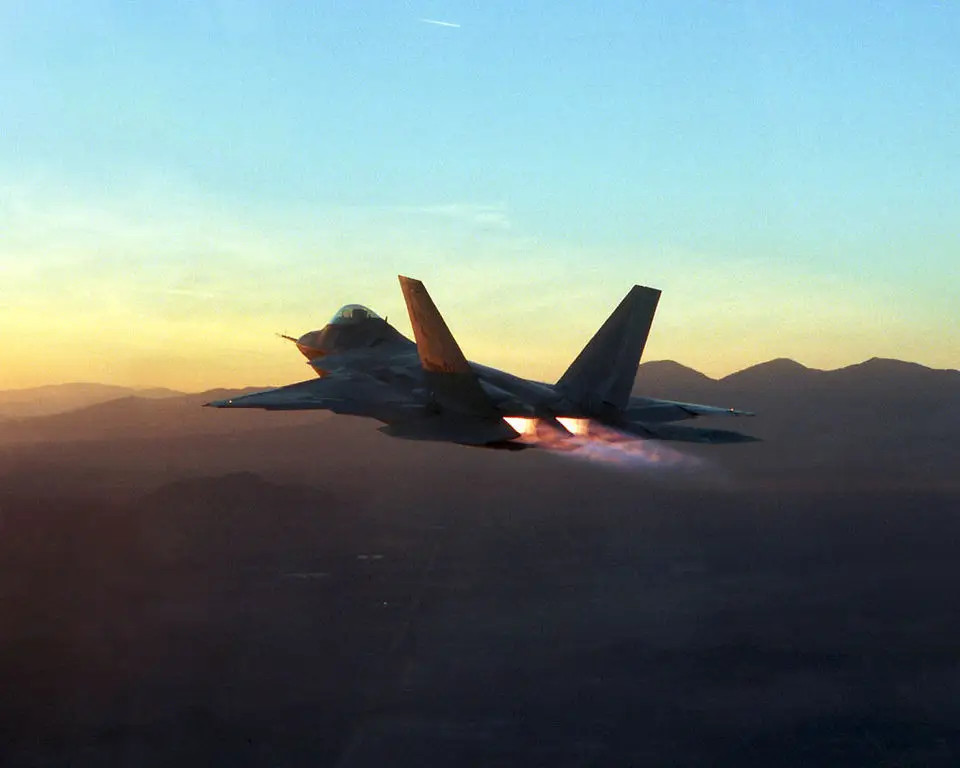
Regardless, the supercruise sweet spot is somewhere around where the F-22 generally operates, above Mach 1, but well below Mach 2. It is publicly known that the Raptor can supercruise at up to Mach 1.7 and can hit Mach 2 with afterburner. It can theoretically go faster and has been tested up to Mach 2.1, but the speed on the jet is limited due to a wide variety of reasons. You can learn more about the F-22’s raw performance from one of its test pilots in this past article of ours.
It is possible that advanced material science and thermal management systems, as well as coatings and countermeasures, could help ‘cloak’ the NGAD fighter from infrared detection or otherwise attenuate its thermal load even at higher speeds where skin friction would bloom the jet’s infrared signature. We just don’t know, but if that is possible, the aircraft’s high sustained cruise speed, and its survivability while in that part of its performance envelope, could be something of a revelation.
Another one of the F-22’s most unique advantages is the altitudes at which it can operate — in excess of 60,000 feet. This is on the verge of where a full pressure suit would be needed for aircrew. While The War Zone has discussed this unique ability for many years, it became headline news recently when, just as we surmised, it became clear that the Raptor was ideally suited to intercept and eventually shoot down the Chinese high-altitude balloon earlier this year, and other suspicious craft that followed. Raptors can hang around up there thanks to their huge control surfaces, high thrust and specially configured F119 engines, and especially their thrust vectoring capabilities. Still, even for the F-22, maneuverability is highly diminished at those altitudes.
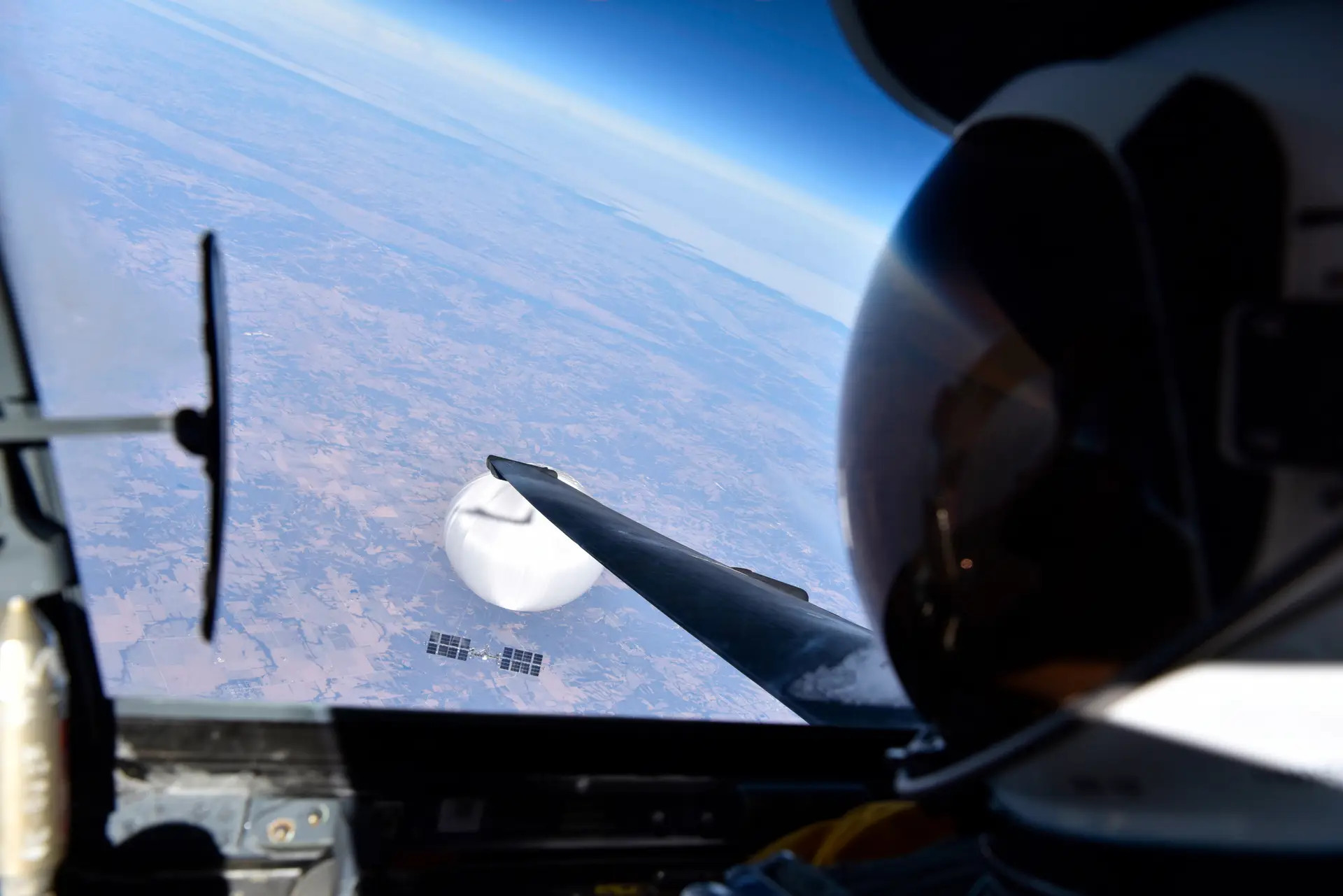
So what about operating altitudes for the NGAD fighter? I think it’s relatively safe to at least posit that it will have similar capabilities. Such a high perch offers critical advantages that are arguably even more important to the NGAD fighter than the F-22.
It allows munitions, especially air-to-air missiles, but also air-to-ground weapons, to fly much farther than when launched some 20,000 feet below. Considering the threat environment the NGAD family of systems is being built to operate in, this will be key. Just remember, even the stealthiest aircraft is still vulnerable to detection, just at significantly shorter distances depending on a huge array of factors. Regardless, sneaking through an enemy’s air defense network is not always an option. It will become increasingly hard to do so as those networks, and their sensors and datalinks that connect them, evolve and proliferate. Being able to fight its way through will be a paramount capability for the NGAD fighter. So maximizing standoff missile capability in the air-to-air and air-to-ground realm can mean the ability to complete a mission or not, and even life and death. It also buys a degree of future-proofing in terms of survivability and relevance.
Just as critical is the extra line-of-sight offered to its sensors and communications systems at higher altitudes. Line of sight and the radio horizon at 40,000 feet versus 60,000 differ as follows:
40,000 feet:
Line of Sight Distance: 394.19 km / 244.99 mi
Radio Horizon – Service Range: 454.92 km / 282.73 mi
60,000 feet:
Line of Sight Distance: 482.78 km / 300.05 mi
Radio Horizon – Service Range: 557.16 km / 346.28 mi
This is especially important as the NGAD fighter will need to be data-linked with many assets over a broad area, including Collaborative Combat Aircraft (CCA) and other drones, that it will serve as a ‘quarterback’ for, as well as munitions. Each extra mile of connectivity will enhance survivability and create a much larger overall area in which the NGAD system can impact the battlefield independently, without the need for beyond line-of-sight relays, such as satellites. Pair this with a high-flying stealthy data gateway system, and its connectivity can be extended much further without relying on space-based assets.
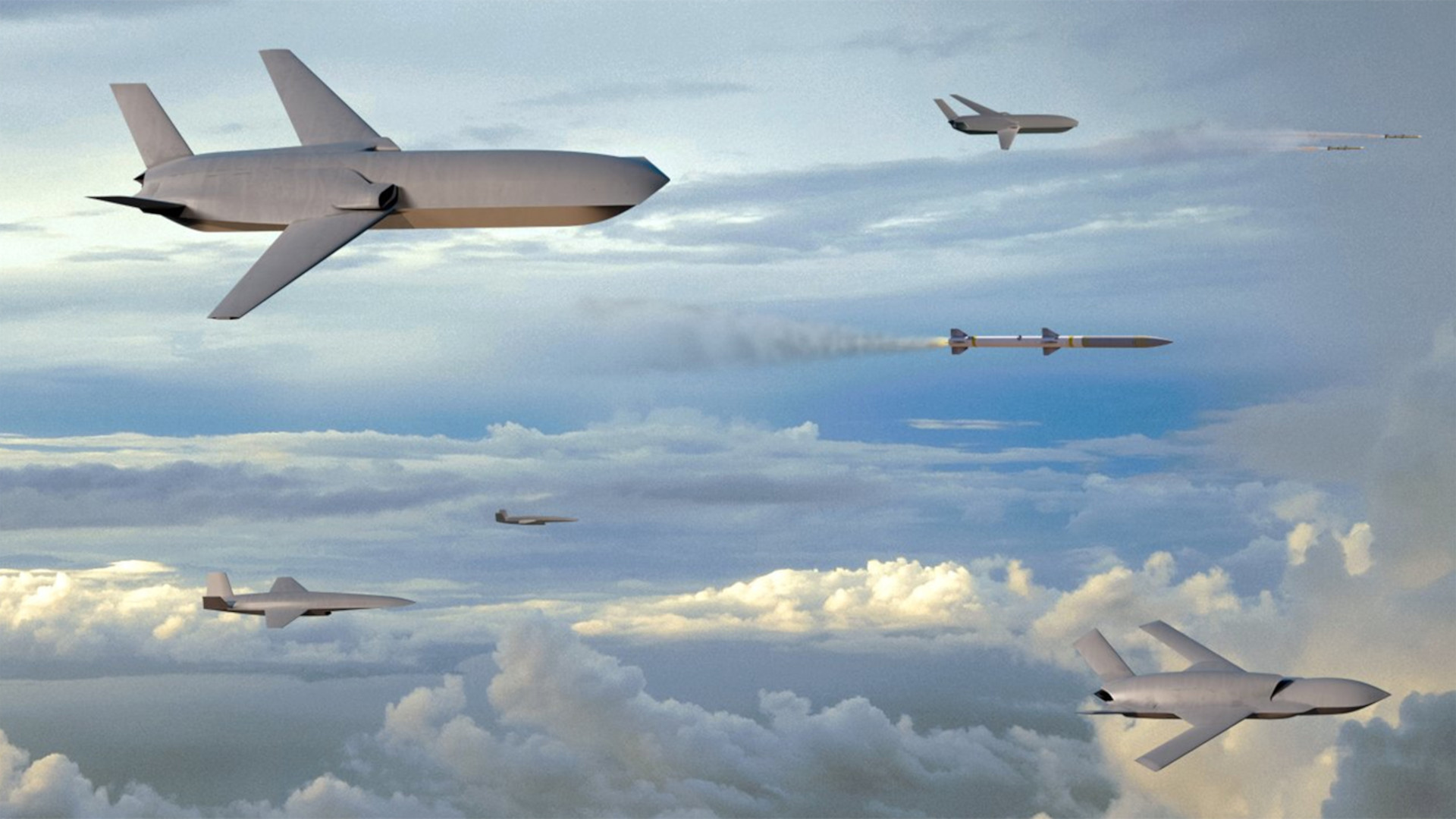
For instance, if an NGAD fighter is operating at 60,000 feet and a high-flying communications node is flying at 80,000 feet, they can stay connected at nearly 750 miles from each other. ‘Daisy chaining’ drones can also achieve much longer data-exchange distances without relying on satellite communications or high-flying gateways, too. And of course, line-of-sight, highly directional datalinks are very hard to detect and jam, especially ones that use advanced low-probability of intercept (LPI) waveforms.
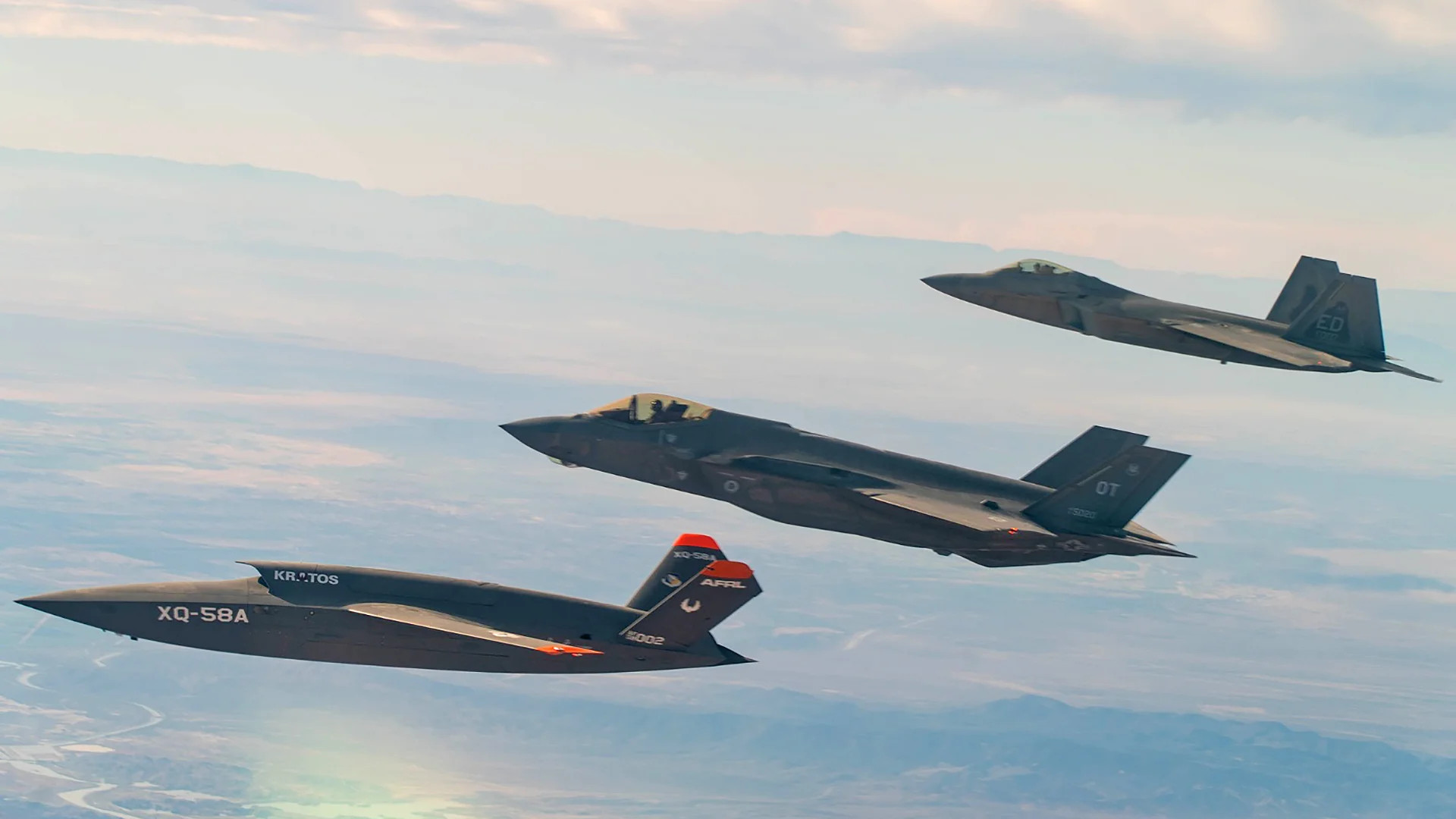
Being able to fly and maneuver at such altitudes, especially without the F-22’s giant control surfaces, will likely require thrust vectoring. This may end up being a component of the NGAD fighter to also increase its ability to better maneuver overall, as well.
So, it will be very interesting to find out just what type of altitude regime this new aircraft will be designed to operate in, and, if optionally manned — a capability widely discussed in relation to the NGAD fighter — could it fly even higher for certain missions without a pilot onboard?
Much of this will be predicated on the aircraft’s powerplant. We know very little about this aspect of it, too, but we do know a huge undertaking is underway with multiple contractors as part of what is called the Next Generation Adaptive Propulsion program, or NGAP.
In August 2022, the U.S. Air Force handed out five contracts to different companies, each at a value of nearly $1B to work on NGAP. Boeing, Lockheed Martin, and Northrop Grumman were all awarded these contracts — all are thought to have been in the race to build the NGAD fighter, at least initially, although that may have changed. In addition, both Pratt & Whitney and General Electric were also awarded contracts.
This effort could pair these airframers with both engine manufacturers for integration of their individual powerplant offerings, as has been the case in past competitions, such as the ATF and Joint Strike Fighter (JSF), although that is speculation based on historical precedent and the contract awards.
This NGAP engine technology, according to the USAF, will leverage work on the Adaptive Engine Transition Program (AETP) that has been developed to provide a replacement engine option for the F-35. Those two engines are General Electric’s XA100 and Pratt & Whitney’s XA101. It was proposed that an AETP engine could boost the range of the F-35A and C variants by as much as 30% and their fuel economy between 20% and 25%, as well as increase acceleration markedly, among many other advantages, including far more accessory power and avionics cooling capability.

Both the XA100 and XA101 engines feature a ‘third stream’ of airflow, and they can change their flow configuration actively based on the flight regime for greater performance and efficiency. The needs for F-35 and NGAD are markedly different though, especially if high altitude and sustained high-speed cruise are design goals. A highly adaptable engine that can work well as a turbofan at lower altitudes and as more of a turbojet at higher altitudes, would likely be a key goal. Thrust vectoring integration would add another critical integration challenge if indeed that is a requirement.

You can read more about AETP, and the XA100 and XA101 designs, here. You can read more about the NGAP initiative here, as well as the state of AETP here.
It will be fascinating to see the NGAD ‘fighter’ eventually emerge out of the darkness and into the light, which could happen sooner than some may realize. The timeline for development and production of this aircraft is extremely ambitious and massive bets are being put on it via diverting resources away from existing airframes to help pay for its rapid development.
Manufacturers competing for NGAD are already teasing their intent to win this competition, which is not surprising as the USAF wants this plane in service soon after the turn of the decade. And the stakes are very high. This could very well be the last manned advanced fighter the USAF buys and it will sit at the center of the NGAD family of systems for decades to come.
Contact the author: tyler@thedrive.com
